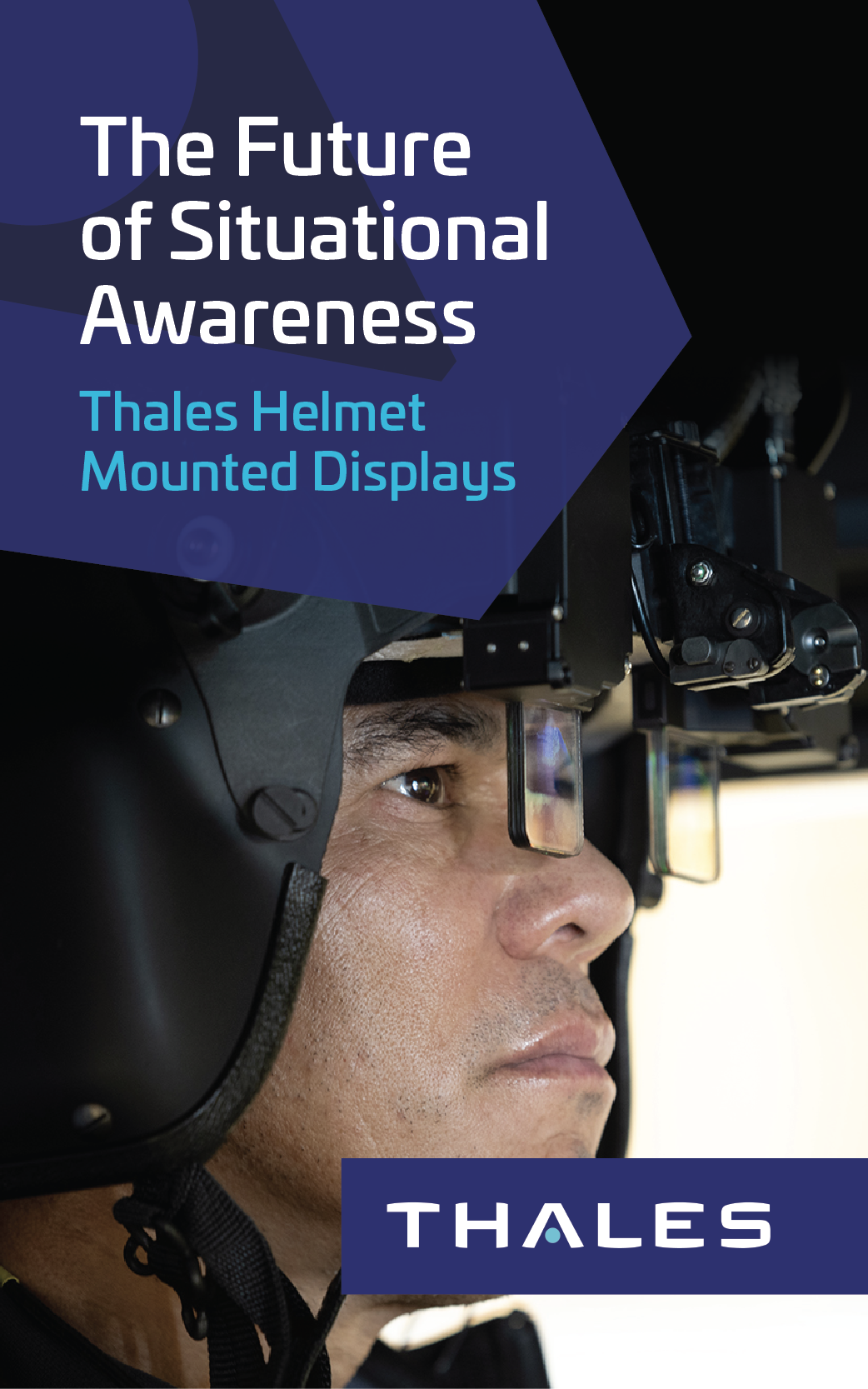Current Issue Articles
Fair Winds Aloft
President’s Cockpit / By BG Steve Mundt, Ret.: Summer is in full swing but we want to take time to remember those who are deployed and away from those they love. We hope those who are with their loved ones are out enjoying the weather and some much deserved time off! It is important to note that AAAA is also in full swing and moving out on a number of fronts. First, I am pleased to announce that the 2018 AAAA Annual Summit has already sold out the majority of the exhibit area with well over $2M in revenue. Yes...
Learn MoreMaple Resolve 2017
From the Field / By LTC David L. Magness: With the last ember of daylight on a cool Canadian spring night, American infantrymen lay prone in their fighting positions. Mosquitos had come out in earnest during the almost two hour long sunset, and the ground was soaked by three days of rain. Soldiers manning their posts strain to see or hear any sign of the enemy. The buzzing of insects is soon replaced by the distant but all too familiar whoop of CH-146 Griffon helicopters. Sun sets at Airfield 21, Wainright, Canada, as C/1-169th MEDEVAC conducts live hoist operations while...
Learn MoreHelp For Our Heroes
Family Forum / By Judy Konitzer: It was an exciting time to be in Nashville attending the 2017 AAAA Summit! For those who were not able to participate, I would like to share what I learned about two wonderful not-for profit organizations who were exhibiting there (gratis AAAA). Retired Marine Sergeant Adam Kisielewski and his family posed for a photo in their specially adapted home in Lillington, North Carolina, while Homes for Our Troops was producing a video about “Rebuilding Lives” to be released in June 2017. / PHOTO BY HOMES FOR OUR TROOPS I was impressed with both because...
Learn MoreAviation Collective Training at a Crossroads
Simulation / By Mr. Daniel Finch: The future of aviation collective training in the virtual environment is obscure at best. Retirement, at what some might consider an early age, is on the horizon for the Aviation Combined Arms Tactical Trainer (AVCATT). AVCATT also happens to be the only collective training capability in the aviation arsenal. The training device has been on the scene since 2003, and with only a combined fourteen years of service, it is arguable that AVACTT has never reached its full potential. This is especially true when considering the lifespan of AVCATT has fallen completely within the...
Learn MoreLeading the Way – Giving Back to the Force
Special Ops / By COL Philip Ryan, CW5 Michael Hardy, and CSM Christopher Bosowski: The bonds between Army Aviation and the 160th Special Operations Aviation Regiment (Airborne) run deep and strong. We’ve shared the same desert airspace, flown around the same harsh and unforgiving peaks, choked on the same dust, fought the same enemy, and, ultimately, bled the same blood. The Regiment traces the roots of its distinguished history to Army Aviation, the famed 101st Airborne Division (Air Assault) to be exact; the Regiment could not exist as it does today without the lifeblood of Army Aviation. An MH-60 conducts...
Learn More
















